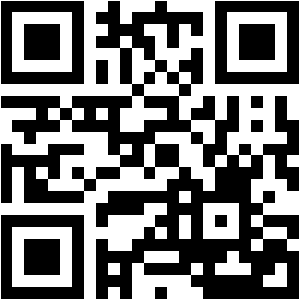| University | Auckland University of Technology (AUT) |
| Subject | HEAL840 Critical Enquiry for Evidence Based Practice |
Additional Assessment Opportunity (AAO)
LO 4
- You have an AAO for LO 4 because your work did not meet the marking criteria
- The AAO is a new piece of work with its own set of instructions
- The maximum grade for each LO covered in an AAO is C-.
Stuck! Do not Know Assessment Answers?
Hire NZ Native Experts 24/7.
AAO overview
Use the information in your original assignment, marker feedback, HEAL840 course materials, and relevant new information, to rewrite LO 4 at a level which meets the marking criteria.
AAO instructions
Your AAO should include:
LO4
- Your clinical issue, PICO question and copies of your three chosen articles as separate files.
- Synthesis of the results of your critical evaluation of your three chosen articles as follows:
o The study designs, methods, and results are compared and contrasted.
o The critical appraisals of the quality of the studies are compared and contrasted - Meaningful conclusions which also answer your question and are applied to your practice dilemma.
Your AAO must meet all academic writing standards, including:
- Your work must be supported accurately with verifiable references.
- All in-text citations – not just quotes or data – must contain page or paragraph numbers.
o Example: ‘Hallucination’ refers to inaccurate but plausible GenAI writing and references generated because of insufficient training data (Dempere, Modugu, Hesham, & Ramasamy, 2023. 6)’.
This is in addition to the usual APA referencing system requirements.
If your assessment includes made-up references, for example, those fabricated by AI, it will automatically be failed.
At the end of your assessment, after the reference list, make a statement about your AI usage*.
e.g. I acknowledge the use of [name of AI used] to [do what]
OR This assessment was written without the use of AI.
* AI usage includes, but is not exclusive to, Grammarly, Studiosity, and Draft Turnitin Coach). The use of AI is not in itself, banned.
Word length:
800 words (+/- 10%). The AI usage statement and reference list are not included in the word count.
Due date – Wednesday 27 Nov, 4pm: Submit via Canvas, HEAL840, Assignments, AAO portal.
Reference
Dempere, J., Modugu, K., Hesham, A., & Ramasamy, L. K. (2023). The impact of ChatGPT on higher education. Frontiers in Education, 8: Retrieved from https://www.frontiersin.org/articles/10.3389/feduc.2023.1206936
Buy Custom Assignment & Homework Solutions
Pay to NZ Native Writers | Cheap Cost & Plag Free
Many nursing students struggle to complete the HEAL840 Critical Enquiry for Evidence Based Practice AAO, especially when their original LO4 did not meet the marking criteria. you don’t need to worry. NZ Assignment Help provides expert nursing assignments help aligned with your university’s standards. You can also check our HEAL840 AAO Sample to see the quality before ordering. Get a 100% human-written, plagiarism-free, reference-verified AAO answer, tailored exactly to LO4 expectations—so you can resubmit confidently and secure your C- grade requirement.
- Digital Tourism and Hospitality Assignment Report | Auckland University of Technology
- RES903 Research Dissertation Assessment One | Nelson Marlborough Institute of Technology (NMIT)
- 71338 Managing Change Assessment 3 Strategy and Implementation Report | Open Polytechnic
- BSRV4601 Fundamentals Real Estate Assignment 1: Eligibility and licensing | Open Polytechnic (OP)
- MGMT801 Managing in a Multi-Cultural Environment Assignment 1 Report, Auckland Institute Of Studies (AIS) New Zealand
- ACCT801 Accounting for Managers Assignment 2 GreenTech Solutions Co. (GTS) Case Study , Auckland Institute Of Studies (AIS)
- Human Resources Management Assignment 3: Strategic HRM Reflection Report – University of Auckland
- HTCS6701 Information System Security Assessment 2 Report – Level 6 Diploma in Cybersecurity New Zealand
- Master of Teaching and Learning Early Childhood Education Assignment – New Zealand Tertiary College
- PUT103 Traditional and Contemporary Practices and Solutions – Assessment Two: Field-Based Observation Plan (Mātauranga Māori)


